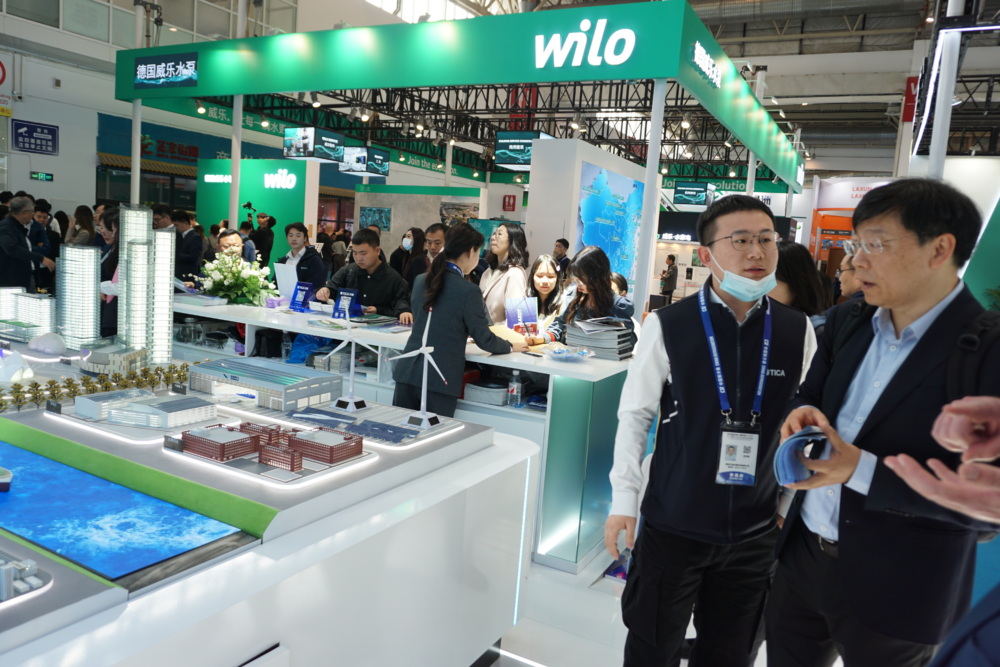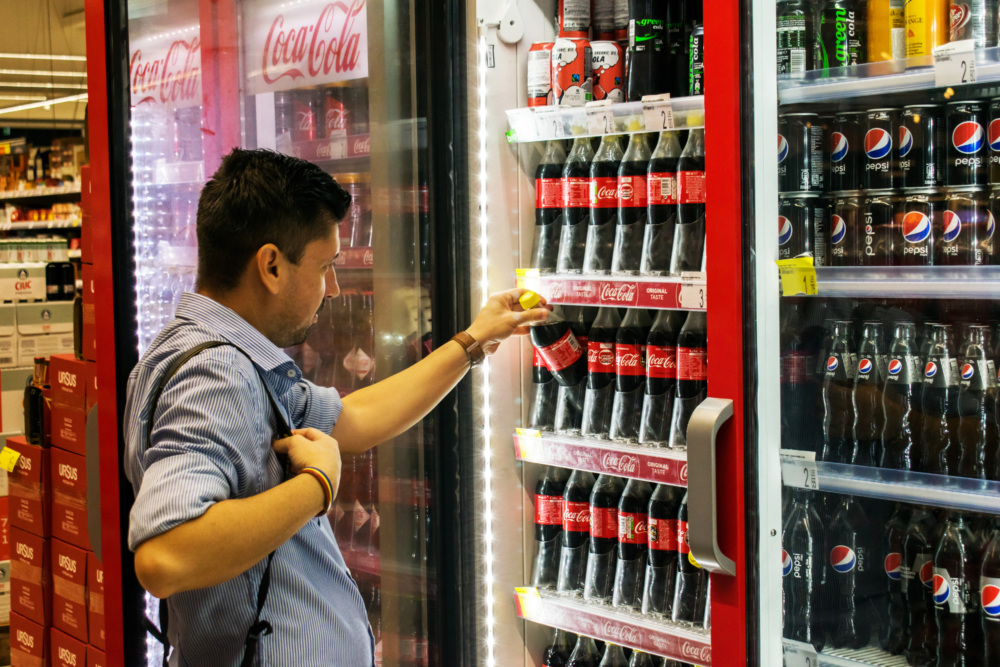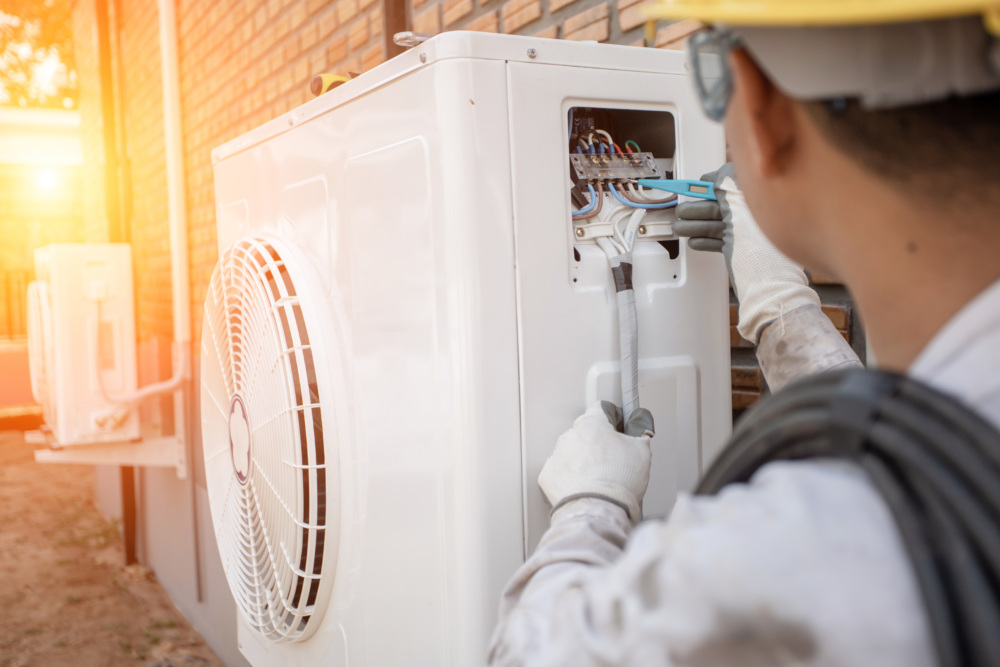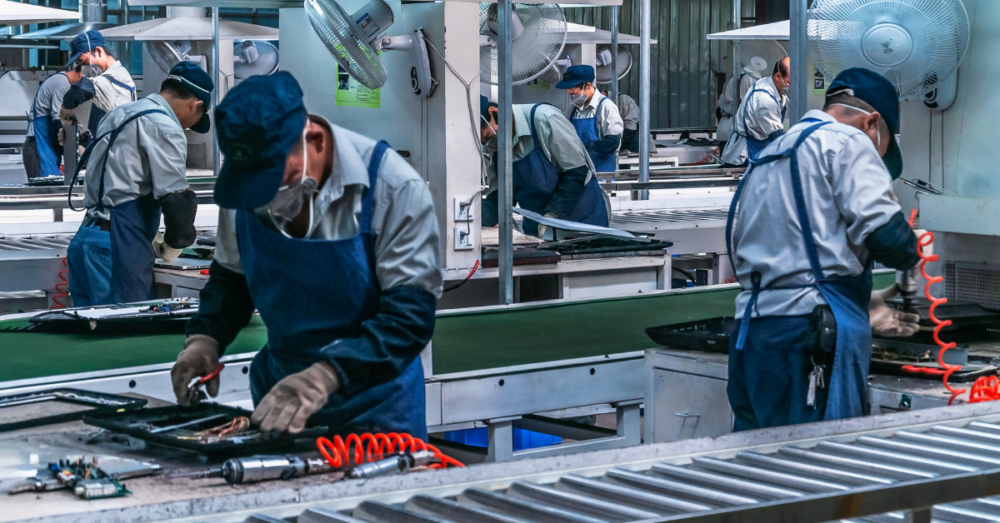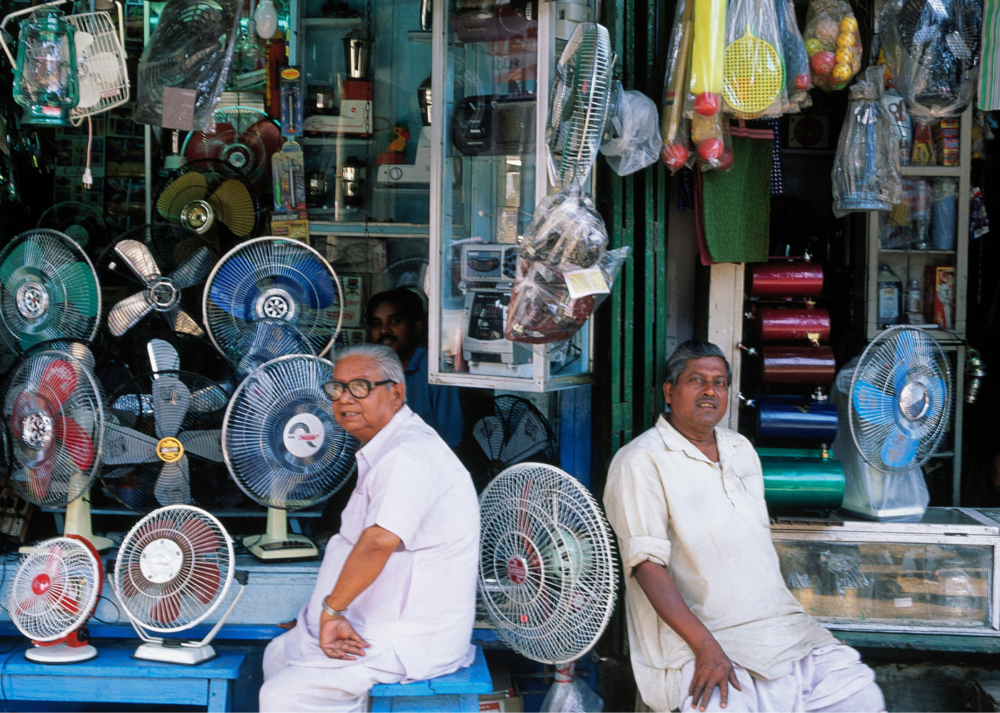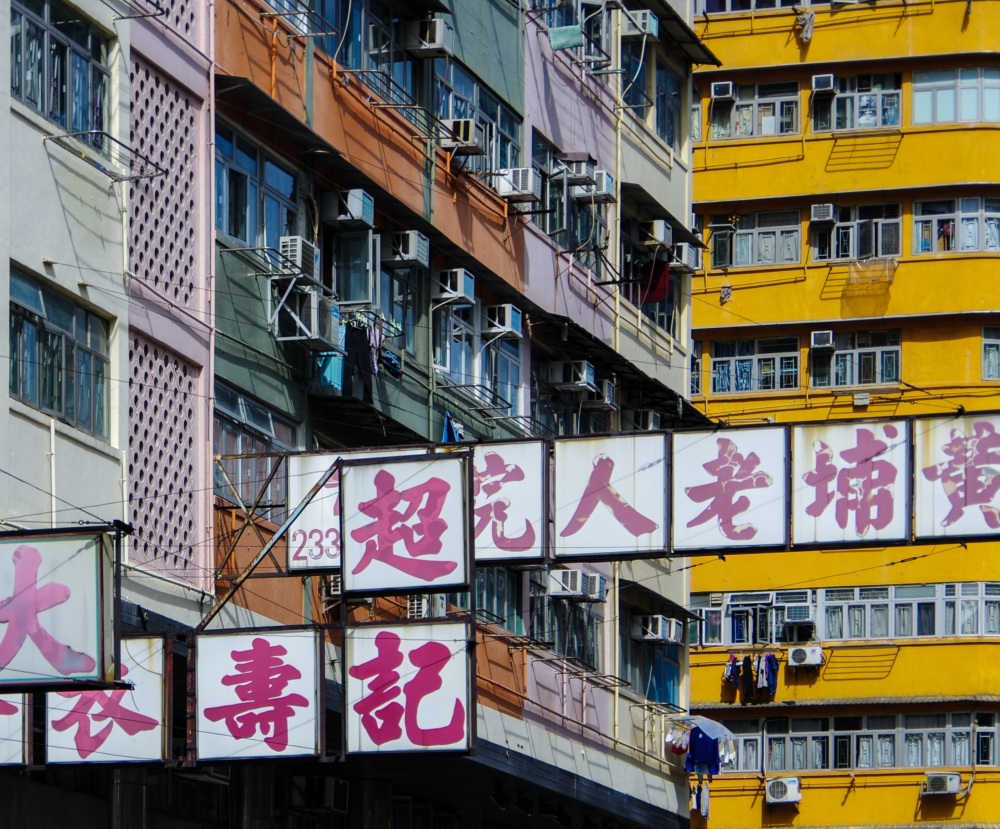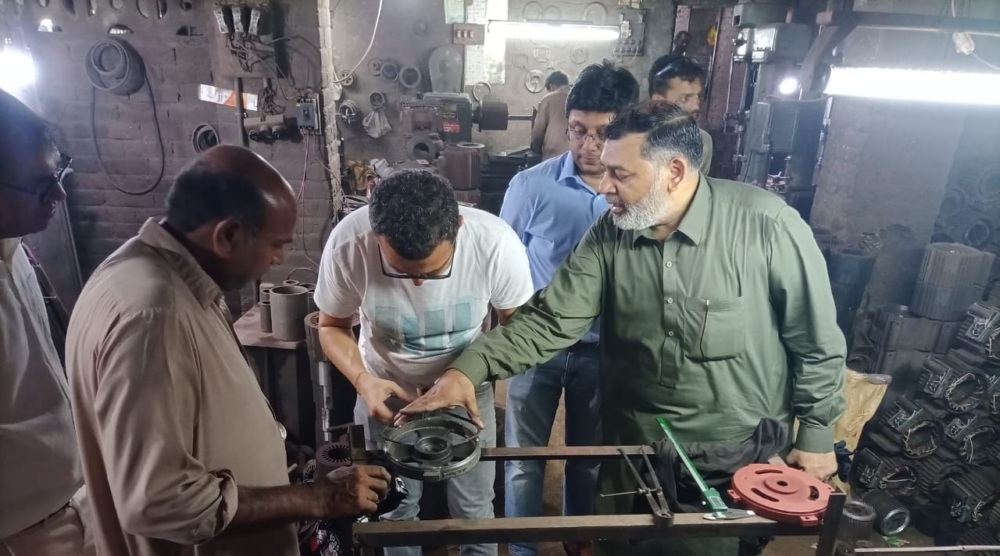Energy Policy Toolkit for Energy Efficiency in Appliances, Lighting, and Equipment
Appliances, lighting, and equipment account for a major share of energy use globally— lighting alone comprises approximately 20% of total electricity use worldwide. This energy consumption drives up costs for governments and citizens, increases the need to invest in new energy infrastructure, and stresses our scarce resources, negatively impacting people and the environment.
Energy efficiency standards and labeling (S&L) policies for all of these products help to reduce energy consumption and lessen peak electricity demand, diminishing the need to build power plants and saving money for governments and consumers. Among other benefits, S&L policies help to cut air pollution, abate greenhouse gas emissions, and are among the most cost-effective forms of energy policy.
 The Energy Policy Toolkit for Energy Efficiency in Appliances, Equipment, and Lighting is designed for practitioners, governmental and other energy experts, and policymakers who are interested in developing and improving appliance energy efficiency policies. Acknowledging that governments operate under constrained resources, it provides examples of policies that have been implemented successfully with minimal costs, and illustrates different choices policymakers may consider. Finally, it demonstrates ways to leverage financial and intellectual resources.
The Energy Policy Toolkit for Energy Efficiency in Appliances, Equipment, and Lighting is designed for practitioners, governmental and other energy experts, and policymakers who are interested in developing and improving appliance energy efficiency policies. Acknowledging that governments operate under constrained resources, it provides examples of policies that have been implemented successfully with minimal costs, and illustrates different choices policymakers may consider. Finally, it demonstrates ways to leverage financial and intellectual resources.
The toolkit was prepared by CLASP in collaboration with the Danish Low Carbon Transition Unit (LCTU), based at the Danish Energy Agency under the Ministry for Climate, Energy and Building. It builds on the extensive work previously completed by CLASP on S&L policies, particularly its comprehensive S&L Guidebook, as well as the work of some of the world’s foremost experts on the various aspects of appliance energy efficiency. The toolkit is part of a series of energy policy toolkits prepared by the LCTU.


